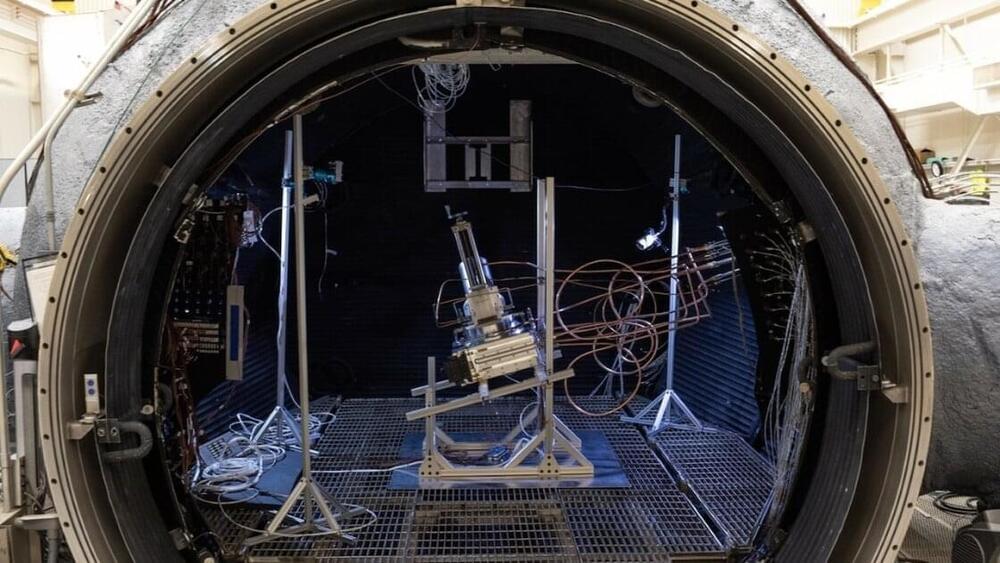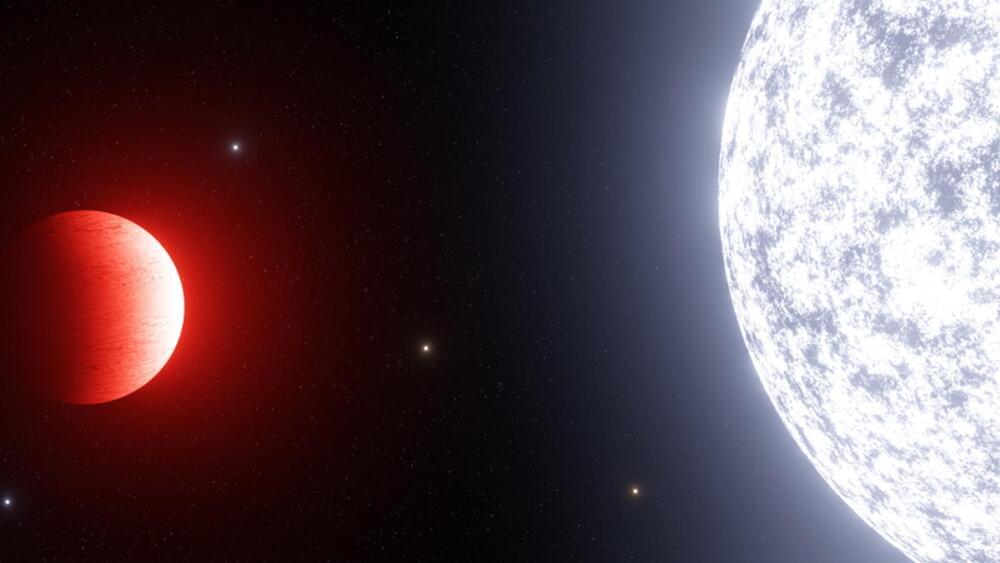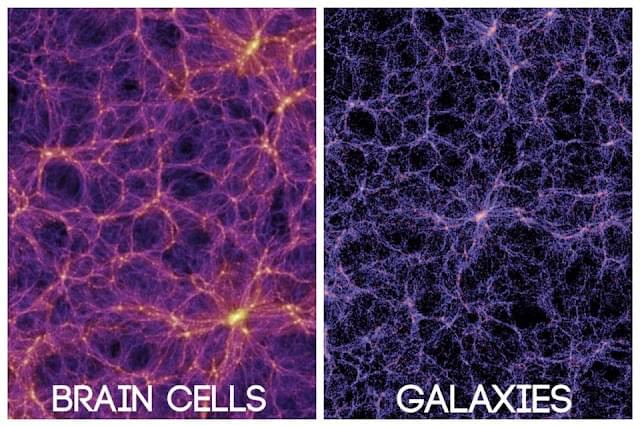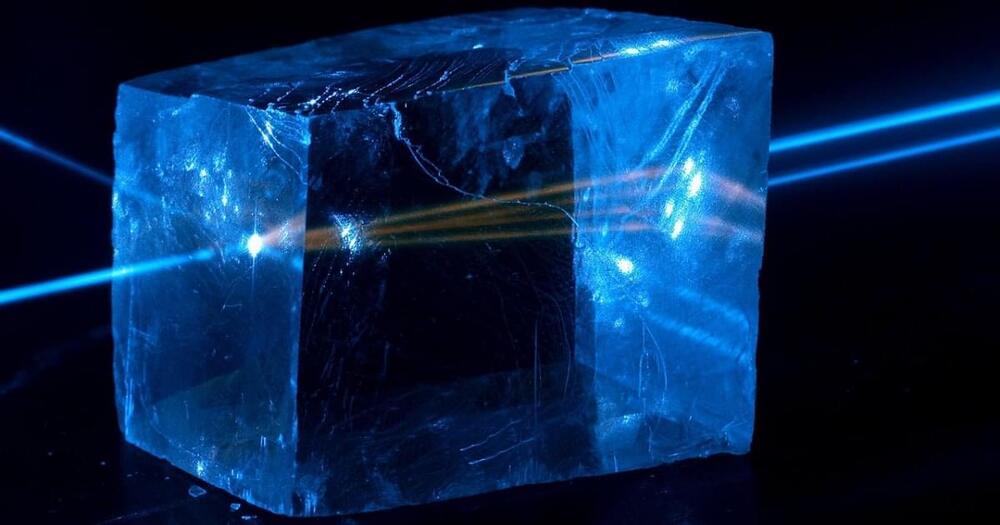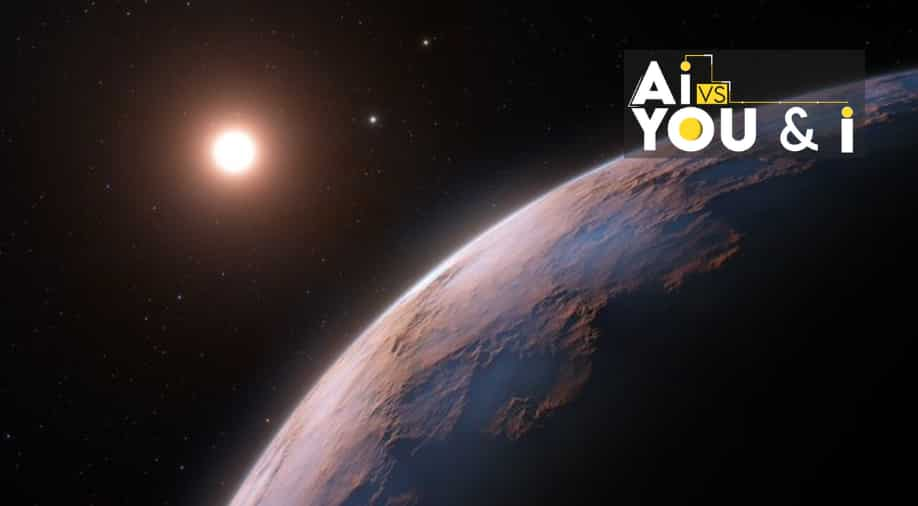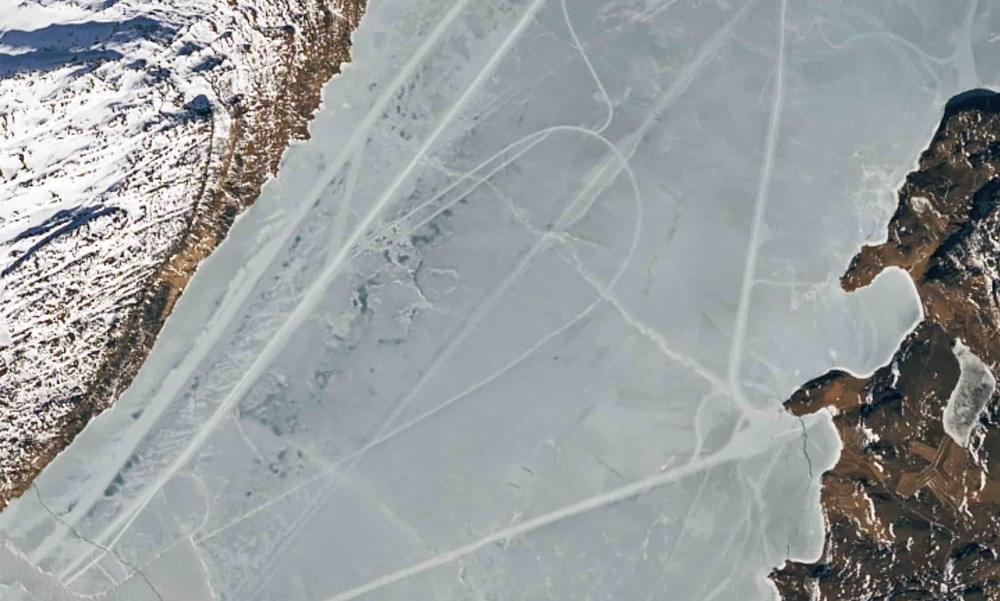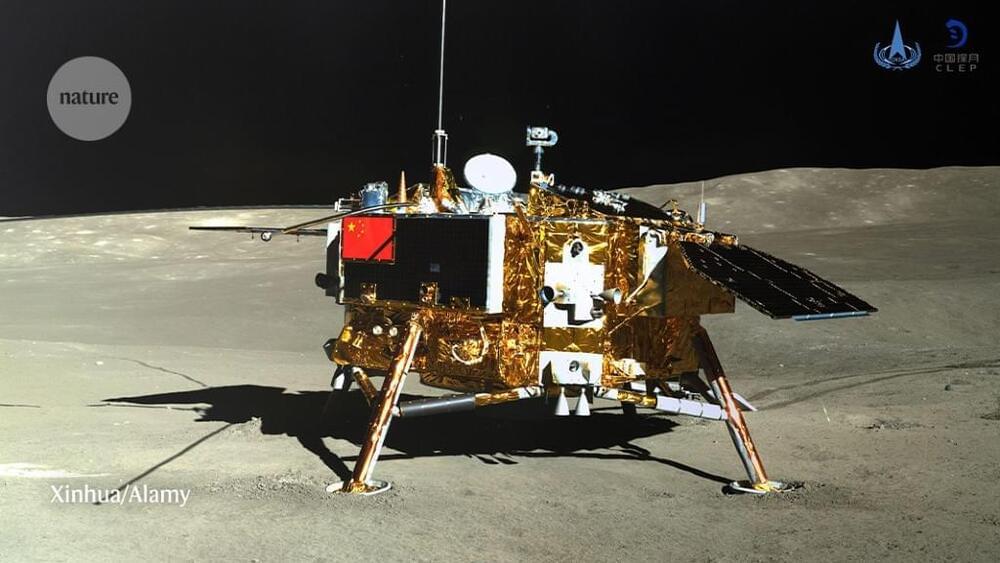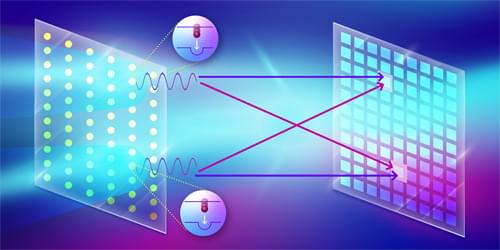😗
A pair of anthropologists at Tulane University has solved the mystery of the Mayan 819-day count, a type of ancient Mesoamerican calendar system. In their paper published in the journal Ancient Mesoamerica, John Linden and Victoria Bricker suggest that the calendar might be representing a much longer timescale than others had considered.
In studying ancient Maya inscriptions, prior researchers had come across mention of a system they referred to as the 819-day count, which appeared to be in reference to a calendar of some sort. But the astronomers had not left behind any other sort of definition or text describing how it might fit in with their regular calendar system. Prior researchers had found some evidence suggesting that it might be tied to the synodic period, the cyclic period that describes when a given planet will appear at a given point in the sky. They noted that for Mercury, the synod period is 117 days, which, when multiplied by seven, equals 819. Unfortunately, the same formulation did not work with the other planets, leaving the 819-day count a mystery—until now.
When the researchers struck upon the idea of extending the amount of time that the 819-day count might be used for representing the synodic period for all of the known planets over many years, they found things lined up perfectly. They found, for example, that multiplying 819 by 20 equals 16,380 (approximately 45 years). And 13 cycles of Saturn’s 378-day synodic period adds up to 4,914 days, which is the same as six times 819.

